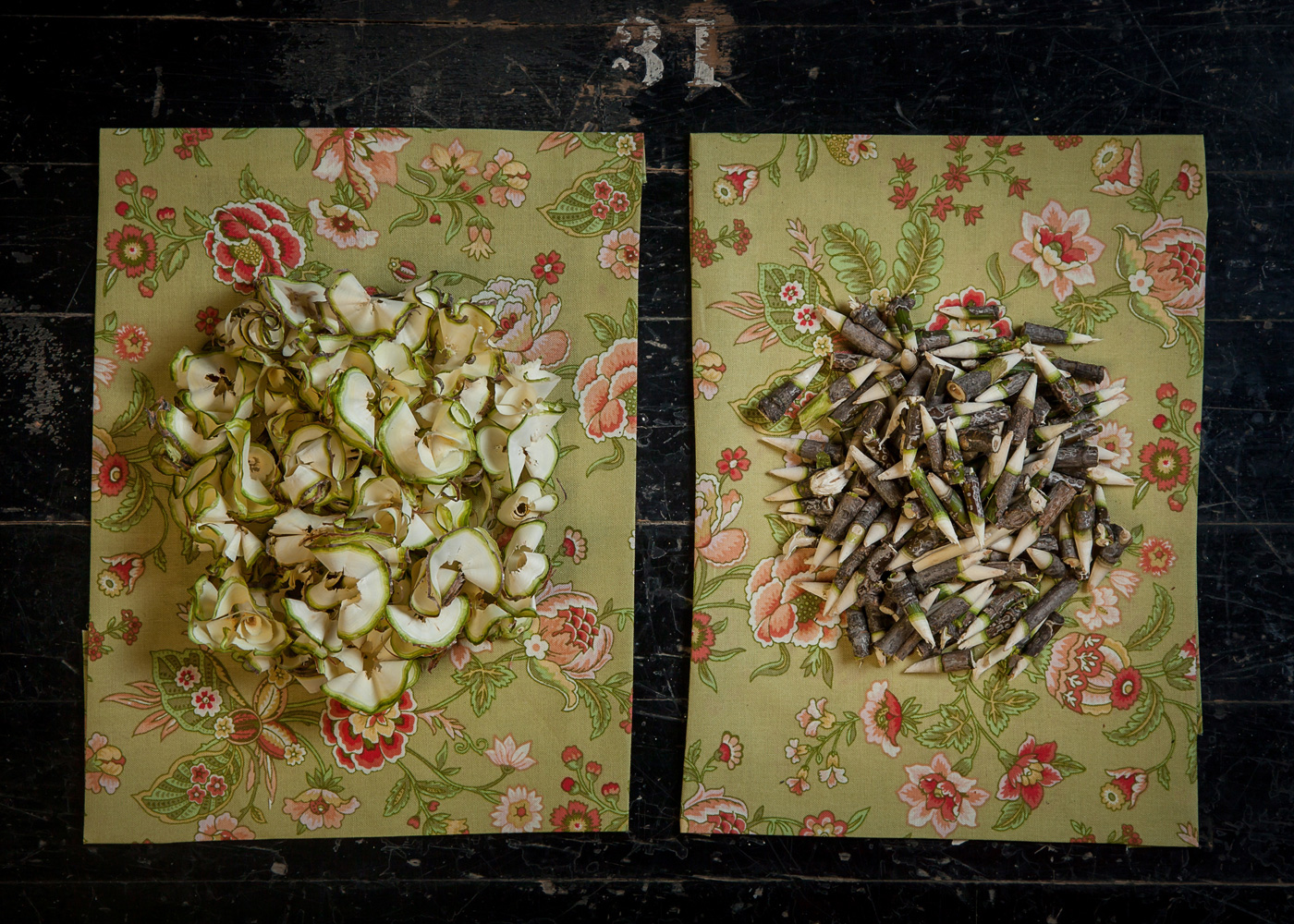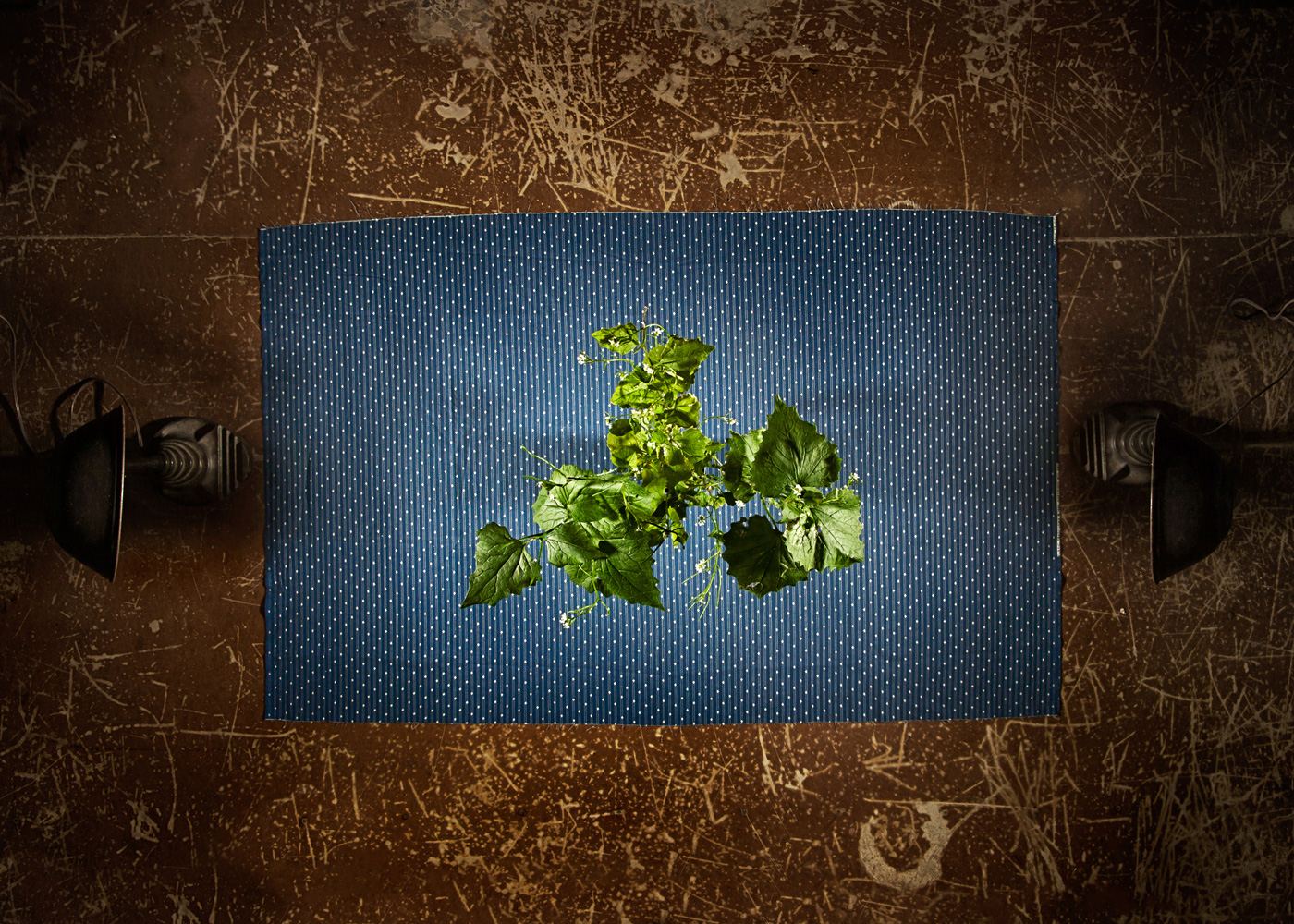JOSEPH MOUGEL
HERBARIUM
September 4 – October 20, 2018
Herbarium reveals the desire to capture and preserve things that comprise a place. The subjects include botanical specimens native to the prairie, as well as introduced varieties that now encroach upon the landscape, and the components describe narratives of transition, colonization, and exploration of the prairie ecosystem. Through the arrangement of items in old laboratory spaces, this exhibition illustrates moments of wonder, of not fully comprehending and seeing the world as a place of magic, but also of attempts to describe and analyze these phenomena. This tension between the miraculous and the understood describes a journey of discovery, and the conversion from naïve amazement to cool logic persists, whether pursuing objectives through science or art. In these photographs by artist Joseph Mougel, both ideas exist in harmony to portray an environment through its artifacts, filled with mysteries for curious individuals to explore.
ARTIST STATEMENT
Herbarium
Plants are collected, dried and taped to papers, organized into folders and stored in mothball-fortified cabinets. Long ago, as seedlings, they reached for the light. Now, preserved, they wait in darkness for the doors to swing apart, for fingers riffling through papers, searching for a name carefully written on the edge of a page. They wait for the weight of other plants pressed between papers to swiftly release as they are slid from the stack, and, finally, they wait for the folder to open.
Herbarium is a different sort of archive, but it reveals the same desire to capture and preserve things that comprise a place. The subjects include botanical specimens native to the prairie, as well as introduced varieties that now encroach upon the landscape. The vessels that contain living plants range from teacups adorned with floral designs to plastic shopping bags, darkroom equipment, and scientific instruments. Patterned backdrops further contextualize the work, referencing domestic traditions of elaborate wallpaper, hand-sewn curtains, and embroidered tablecloths. These components describe narratives of transition, colonization, and exploration of the prairie ecosystem. Through the arrangement of these items in old laboratory spaces, the photographs illustrate moments of wonder, of not fully comprehending and seeing the world as a place of magic, but also of attempts to describe and analyze these phenomena. This tension between the miraculous and the understood describes a journey of discovery, and the conversion from naïve amazement to cool logic persists, whether pursuing objectives through science or art. In these photographs, both ideas exist in harmony to portray an environment through its artifacts, filled with mysteries for curious individuals to explore.
ARTIST BIOGRAPHY
JOSEPH MOUGEL received an MFA in photography from the University of New Mexico, where he also studied video and interactive media and participated in the immersive post-studio program Land Arts of the American West. Mougel has exhibited and lectured about his artistic practice both nationally and internationally, with examples of his work featured in such publications as Art Takes Miami, ARTL!ES Magazine, Art Papers, and After Image, as well as in books, including The Contact Sheet, Land Arts of the American West, and The End of California. He has participated in a number of artist residencies, including Elsewhere Artists Collaborative in Greensboro, NC, and 35/35 in New South Wales and South Australia, as well as an upcoming residency this summer at the Ucross Foundation in Wyoming. Mougel’s photographs are included in a number of institutional collections, including the New Mexico Museum of Art, the Print Study Room at the University of New Mexico Art Museum, The Surplus Room at Elsewhere Artists Collaborative, and Green Street Press at the University of Georgia. Through his work, Mougel examines his own identity as a first generation American and a former Marine through still imagery, sound, video, and installation, where conventions of the traditional photograph persist.
ARTIST INTERVIEW
Inspiration (Backstory)
The following questions are intended to provide insight into the artist's process, how they got started and what inspires them.
Was there a person or event that got you started creating your art? Does that person or event continue to influence the work that you do?
I served as a combat correspondent in the US Marine Corps, where I learned the basics of photography. The experience of serving in the military continues to influence my practice in a broader sense, as well, as I explore the relationship between the photographic subject and reality.
At what point did you consider yourself an artist?
At the conclusion of my undergraduate studies, I created a body of work (Rabbit to Bee) that simultaneously utilized the photographic medium as documentary, performative, and interpretive.
Who or what inspires you and why?
At this point in my life, I am trying to find a language to explain the natural world to my daughter. I appreciate the wonder with which scientists examine and observe their subjects, and I watch how my daughter is similarly captivated by the most mundane details of her existence.
What was the first piece of art you made? Do you remember why you made it? What materials did you use and why?
When I was in high school, I developed a breed of chicken that I named Champagne. I selected for a specific set of characteristics, including a rose comb, a light buff color with a speckled back, a heavy layer, and a gregarious nature. My preferred materials included chickens, an incubator, cracked corn, water, and a coop adjacent to an open yard.
Are there any programs or learning opportunities that you wish you had as a young artist?
I wish that my art education was more interdisciplinary and acknowledged creative pursuits outside of a traditional curriculum.
What would you say to a young person to encourage their study and practice of art?
Recognize that one’s current situation has immense potential for creative endeavors.
Artistic Practice
The following questions are intended to create insight into the artist’s practice and why they think art is important.
Is this your first and only career? If not, what other jobs have you had and how have they influenced your artistic practice?
My career has always been focused around the practice of photography, although it has taken many forms along the way. These varied experiences make me an effective educator and support a diverse artistic practice.
Do you like people to see your work/comment on it while it is still in process? Why?
I appreciate feedback on works that are in progress, as I see my work (finish and unfinished) as a dialogue between myself and others.
Do you have a daily artistic ritual or routine? If so, how does this help you?
I try to ensure that my day is filled with as many inefficiencies as possible, whether they be wandering paths or meandering conversations. This practice creates opportunities for reflection and discovery that would otherwise be lost to the tedium of routine.
What inspiration/research led you to your current body of work?
During a residency at Iowa Lakeside Laboratory, I engaged in many exchanges with scientists and land managers. I also ventured into empty classrooms and expansive landscapes, examining collections of plant specimens and witnessing their place (juxtaposed to mine) within the environment before arriving at the idea to create my own herbarium.
What caused you to gravitate toward the materials and processes you are currently using?
I consider myself to be a collection/capture-based artist whose practice involves the gathering, organizing, and interpreting of artifacts, specimens, and the likeness of what cannot be carried. My materials are dependent upon the location in which I am working; it is not always practical to carry my collections with me, so creating a photographic artifact allows me to retain a record of my encounters and activities.
Current Work
The following questions are intended to offer insight into the artist’s current work and what they intend their audience to understand.
What role does process have in your work?
I make a photograph in order to see what something looks like and its relationship to the space with which it occupies.
How do you know when a piece is complete?
I don’t know if a piece is ever really complete; often requiring to be shelved and revisited multiple times to fully realize its potential as a finished piece. Many pieces often are nothing more than a thought that fails to settle into a manifestation that best facilitates the question I am seeking. These ideas find themselves carried from project to project until the question I am seeking to ask (and its subsequent question) becomes clear. More often, I have to move on, as there are external factors that dictate this decision, but I, too, reach a point where the conversation needs to transition from making to an exhibition.
What is the one idea/thought you hope people will have/take away with them after viewing your work?
We are very much a part of the natural world, and while we tend to assess landscapes based on their aesthetics and economy, we also make decisions due to guilt. As we make management assessments that affect the world in which we live, we should acknowledge the complexity of our position and the many relationships that form the ecological niches that we call home.
Why do you create art?
I create art to help me form questions about the world and to facilitate a conversation with others.
What role does the artist have in society? Why do you think art is important to society?
Artists create works that deconstruct the world and imagine unanticipated solutions.
Why do you think it’s important to support the arts?
Art provides a space to begin a dialogue about a topic, even before we have fully developed a vocabulary for that subject. Art allows for the formation of language.









